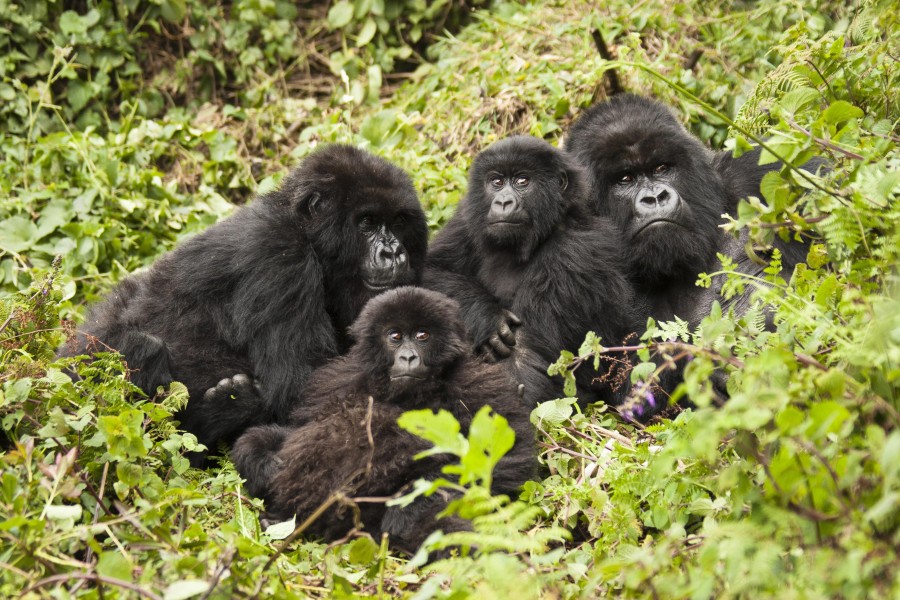Mountain gorilla population in Uganda and neighbouring Rwanda and DR Congo had achieved a significant growth as an indication of positive to efforts by conservationists to save them from total extinction, the International Union for Conservation of Nature (IUCN) has said.
Only found in Africa and listed in “Red List” of threatened species, the mountain gorilla population had grown from 680 individuals in 2008 to over 1,000 individuals, the highest figure ever recorded for the subspecies of the Eastern Gorilla, IUCN said in its latest report.
The mountain gorilla’s habitat is restricted to protected areas covering nearly 800 square kilometres in two locations made up of the Virunga Massif and Bwindi-Sarambwe, stretching across the DR Congo, Rwanda and Uganda.
The gorillas still face significant threats, including poaching amid recurring civil unrest and diseases.
“Today’s update to the IUCN Red List illustrates the power of conservation action,” Inger Andersen, IUCN Director General, said in a statement.
“These conservation successes are proof that the ambitious, collaborative efforts of governments, business and civil society could turn back the tide of species loss,” Inger said.
The updated Red List is meanwhile far from a rosy read, includes 96,951 species of animals and plants, of which 26,840 are threatened with extinction.
“Even though the rise of the mountain gorilla population is fantastic news, the species is still in danger and conservation efforts must go on,” Liz Williamson, primate specialist for IUCN said.
The IUCN classifies species according to how much under threat they are, and numbers for most high-profile ones are falling.
The fabled ‘silverback’ gorillas found roaming inside the forest-cloaked volcanoes of the Western Rift Valley where Rwanda, Congo and Uganda meet, have attracted thousands of tourists who pay hundreds of dollars to see them.




